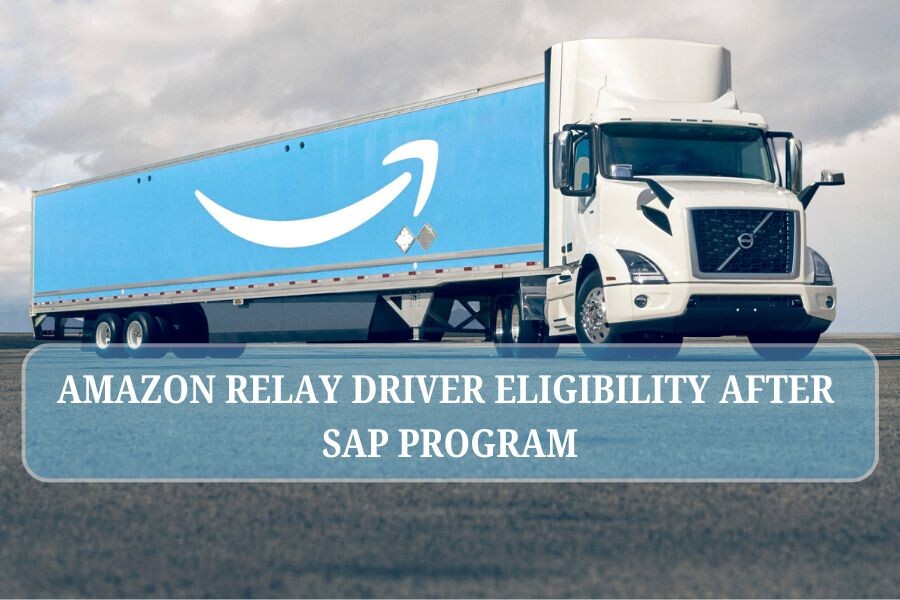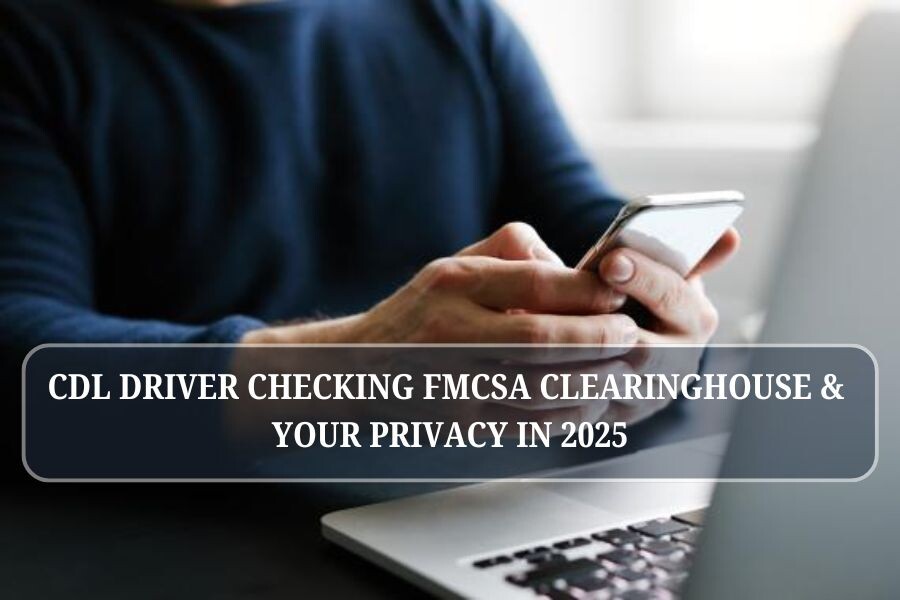The transportation industry relies on safety, compliance, and accountability to keep everything running smoothly. One key role that plays a critical part in ensuring these standards is the DOT SAP (Department of Transportation Substance Abuse Professional). If you’re considering becoming a DOT SAP, you’re stepping into a position that not only supports public safety but also changes lives for individuals working in safety-sensitive roles. Here’s what you need to know about the certification process, the responsibilities of a DOT SAP, and why this career path is essential in the transportation industry.
What Is a DOT SAP?
A DOT SAP is a professional tasked with evaluating employees who have violated drug and alcohol regulations in safety-sensitive jobs and recommending a course of treatment or education. This includes workers such as truck drivers, pilots, railway operators, and others regulated by the Department of Transportation. Their work not only helps individuals work toward compliance but also ensures the safety of the traveling public.
When an employee fails a DOT drug or alcohol test, they can’t return to duty until they complete the evaluation and prescribed steps outlined by a certified SAP. This crucial role bridges the gap between the individual’s rehabilitation and the employer’s need for compliance, making it essential for both the workforce and public safety.
Why Is Certification Important?
To be recognized as a DOT SAP, completing the required certification is non-negotiable. The DOT has strict regulations for those who wish to fulfill this role, ensuring that only qualified professionals handle sensitive situations. Certification demonstrates your competence, knowledge of federal regulations, and ability to guide individuals toward compliance while maintaining fairness and professionalism.
Without proper certification, you wouldn’t be authorized to conduct evaluations or recommend treatment plans. The training ensures you’re equipped to handle these responsibilities by covering vital topics like the return-to-duty process, assessing drug and alcohol use, and maintaining unbiased, objective evaluations.
Additionally, certification enhances your credibility. Employers looking for qualified SAPs want to partner with someone they can trust to uphold the highest standards of integrity and regulatory compliance.
The Process of Becoming a DOT SAP
Becoming a DOT SAP involves meeting specific professional qualifications and completing a comprehensive training program.
Here’s an overview of the steps:
Meet Eligibility Requirements
To qualify as a DOT SAP, you must hold certain credentials, such as being a licensed physician, psychologist, social worker, or counselor. These credentials ensure you have experience in substance abuse treatment or related fields.
Complete SAP Training
Certification begins with DOT-approved training, which covers federal guidelines, SAP responsibilities, and the steps of the return-to-duty process. These training programs ensure you understand your role and the regulations you’ll operate within.
Pass the DOT SAP Exam
After completing your training, you’ll need to pass an examination to demonstrate your understanding of DOT rules and procedures. Achieving this milestone certifies your capabilities and prepares you for real-world scenarios.
Stay Current with Renewals and Continuing Education
Certification isn’t a one-time achievement. DOT SAPs must stay updated by renewing their credentials and completing ongoing education. This ensures you continue to provide the highest level of service while staying compliant with changing regulations.
Why Becoming a DOT SAP Matters

The role of a DOT SAP is vital not only for maintaining safety on the roads, rails, and airways but also for offering individuals a second chance at compliance and career success. You have the opportunity to directly impact lives, helping employees recover, improve, and return to their roles responsibly.
Beyond the human aspect, your work supports broader industry compliance. Employers depend on SAPs to ensure they’re meeting federal requirements, avoiding penalties, and upholding safety standards. Being part of this profession is a rewarding way to contribute to public safety while finding personal fulfillment in a challenging but meaningful career.
Take the First Step Toward Certification
If you’re ready to become a DOT SAP, start by researching DOT-approved training programs suited to your credentials. Certification is a straightforward yet impactful process that opens doors to a dynamic and critical role in the transportation industry. By taking the plunge, you’ll gain the skills and authority to drive change, ensure compliance, and safeguard safety-sensitive environments.
Reference Article:
DOT SAP Program Costs and Payment Information
Post-SAP Program and Employment
DOT SAP Program and Return to Duty Process
How to become DOT SAP Certified?
Can anyone do SAP certification?














